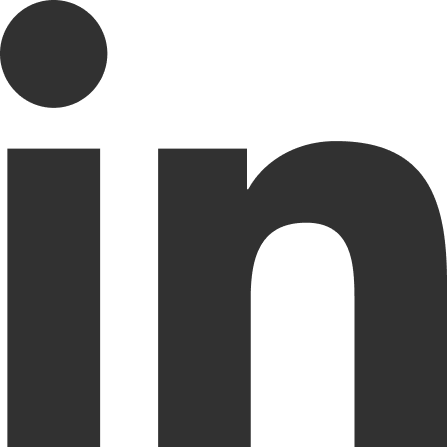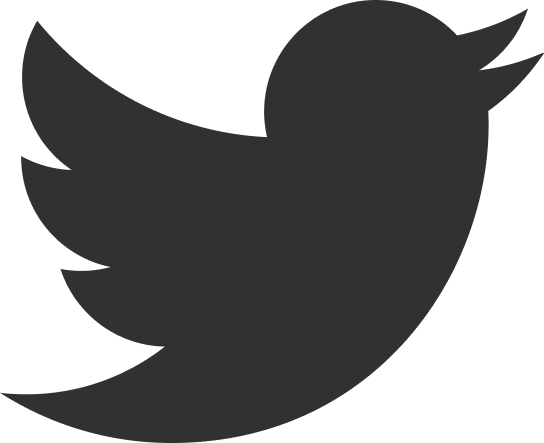SUBSCRIBE TO OUR BLOG
“The earlier you are stepping into the game, the more chances to successfully outperform competitors you get” - Cryptorsy’s Growth Marketing Team is saying.
"And you know what? In terms of generating business revenue and overall profitability, it's significantly more effective.”
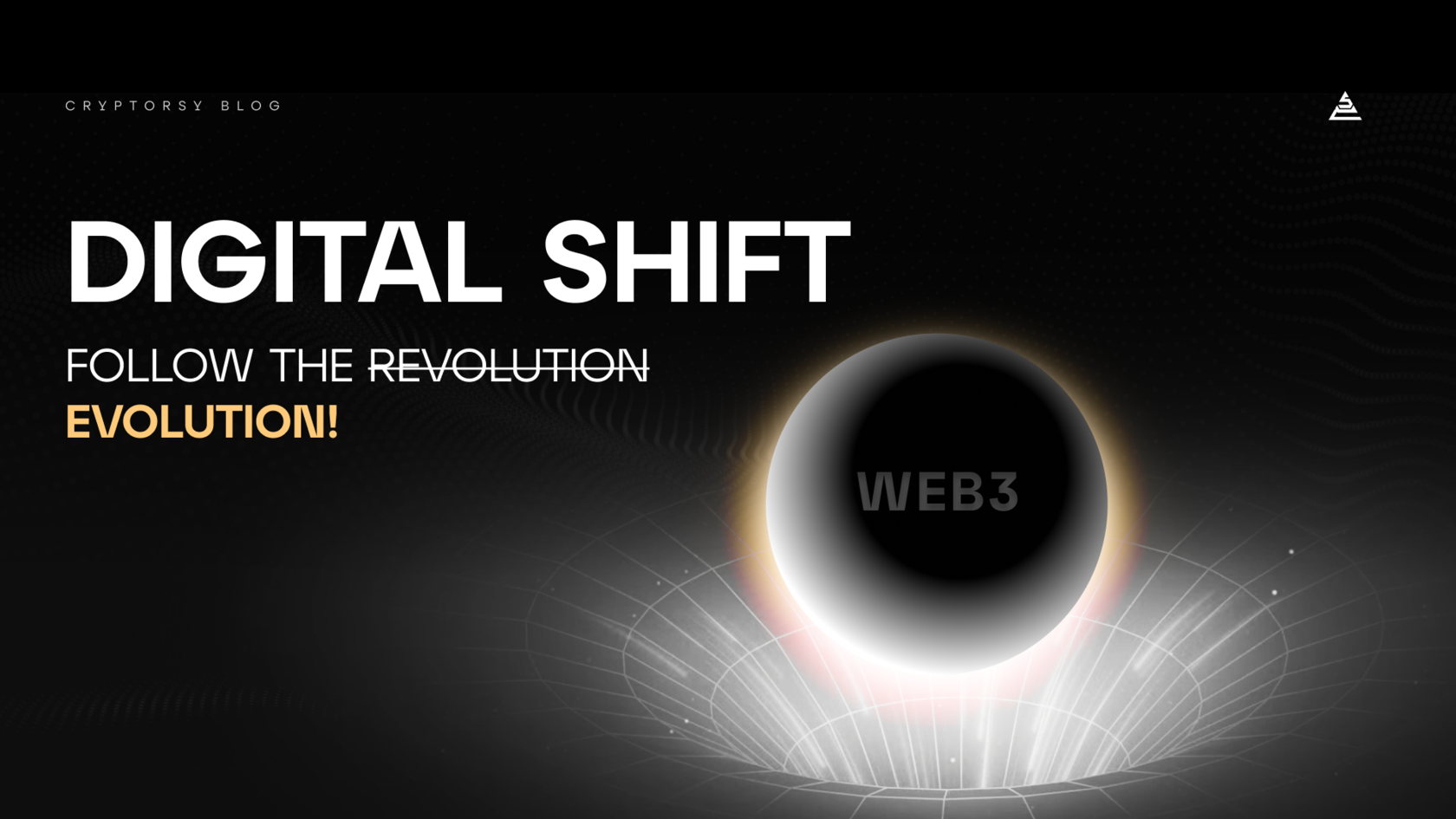
DIGITAL SHIFT. FOLLOW THE EVOLUTION
It's exciting to see big brands jump into the web3 space, but doing things the "right way" is important and It all starts with "Keeping things simple".
Several web2 brands have already started exploring the possibilities of Web3. One such brand is Reddit, the popular social news aggregation site. Reddit has launched its own cryptocurrency, called MOON, which is used to reward users for contributing content to the platform. Users can use MOON to buy special features, such as badges or custom emojis, and also trade it on cryptocurrency exchanges. This has created a new revenue stream for Reddit and also incentivized users to contribute more valuable content.
The question "why" has now become "how" businesses can transition to web3.
"The way that blockchain technology and web3 technologies are evolving is going to be revolutionary in so many different industries, and it's going to be an incredible thing to watch." - Ashton Kutcher, actor and investor
According to trend reports and examples of web3 adoption, the marketing and product landscape is rapidly redefining, and the tendency is here to stay.
The question "why" has now become "how" businesses can transition to web3.
"The way that blockchain technology and web3 technologies are evolving is going to be revolutionary in so many different industries, and it's going to be an incredible thing to watch." - Ashton Kutcher, actor and investor
According to trend reports and examples of web3 adoption, the marketing and product landscape is rapidly redefining, and the tendency is here to stay.
Another proper read for the brands, that want to get more benefits from being involved in the web3. How so? What are the next baby steps? Web2.5 approach.
In recent years, we have seen a significant shift in the way brands operate in the digital space. The rise of Web3 has created new opportunities for businesses to engage with customers in more meaningful and authentic ways. But what exactly is Web3, and how can Web2 brands successfully transition to this new era of the internet?
The new era of surviving and creating new realities has arrived, and it's all possible using web3 tech stack. It's like websites, that was a game changer some time ago for the projects. Let’s explore more about the shift.
Share this post:
30.03.2023
Vlad Svitanko
6 min

RELATED
BEING DIGITAL SHIFTED.
NOT A NEED, BUT THE NECESSITY
BEING EARY BIRD IS ABOUT GETTING EVERYTHING

Phase 1: Understanding the basics of Web3
Phase 2: Integrating Web3 functionalities into existing products and services
Phase 3: Building Web3-native products and services
Phase 4: Engaging with the Web3 community
Phase 5: Measuring and optimizing the impact of Web3 on the business
Certainly, there are numerous actions and factors to consider within the phases as it greatly depends on the brand's niche, current size, and ultimate objectives; however, it is undeniable that the set of web3 tools can enhance any business.
- Learn the basic ideas behind Web3 like blockchain, smart contracts, decentralized apps (dApps), and cryptocurrencies.
- Teach the team about how Web3 can help with things like more money, stronger community, valuable assets, better security, transparency and user control.
- Figure out the most helpful ways to use Web3 that fit your business, customers and competition.
Phase 2: Integrating Web3 functionalities into existing products and services
- Look for ways to add Web3 features to current Web2 offerings, like using blockchain for payments, rewarding users with tokens, and employing decentralized storage and sharing of data.
- Evaluate the technical issues, costs, and user experience of each option. Prioritize based on how much each could boost money, community and business value.
- Make a plan and schedule for putting the chosen Web3 additions in place. Consider resources needed, partnerships required, and following relevant rules.
Phase 3: Building Web3-native products and services
- Find new ways to make money by designing products and services made for Web3, like decentralized apps, DeFi protocols, NFTs and DAOs.
- Look at demand, user interest and competition for each idea. Make clear what problem each solves and who it's for.
- Assign people and money to create and launch these Web3 offerings. Leverage existing Web2 strengths like user data, brand name and how you reach customers.
Phase 4: Engaging with the Web3 community
- Be part of important Web3 groups like blockchain networks, DeFi projects and social platforms. Raise your profile, share ideas, and make connections.
- Look for ways different Web3 efforts can work together through things like shared technology, combined funds, and joint marketing.
- Contribute to improving open-source Web3 tech for the community's benefit, while taking advantage of peer reviews, security checks and new ideas.
Phase 5: Measuring and optimizing the impact of Web3 on the business
- Set ways to measure how Web3 affects your business, like revenue increases, getting more users, token worth, community involvement, and governance input.
- Constantly check these metrics to find strong and weak points of the Web3 plan. Then update your roadmap and approach as needed.
- Adjust money and people based on what gives the best returns. Communicate updates and wins to investors, shareholders and customers.
Certainly, there are numerous actions and factors to consider within the phases as it greatly depends on the brand's niche, current size, and ultimate objectives; however, it is undeniable that the set of web3 tools can enhance any business.
CONCEPT OF DIGITAL TRANSFORMATION IN TINY STEPS
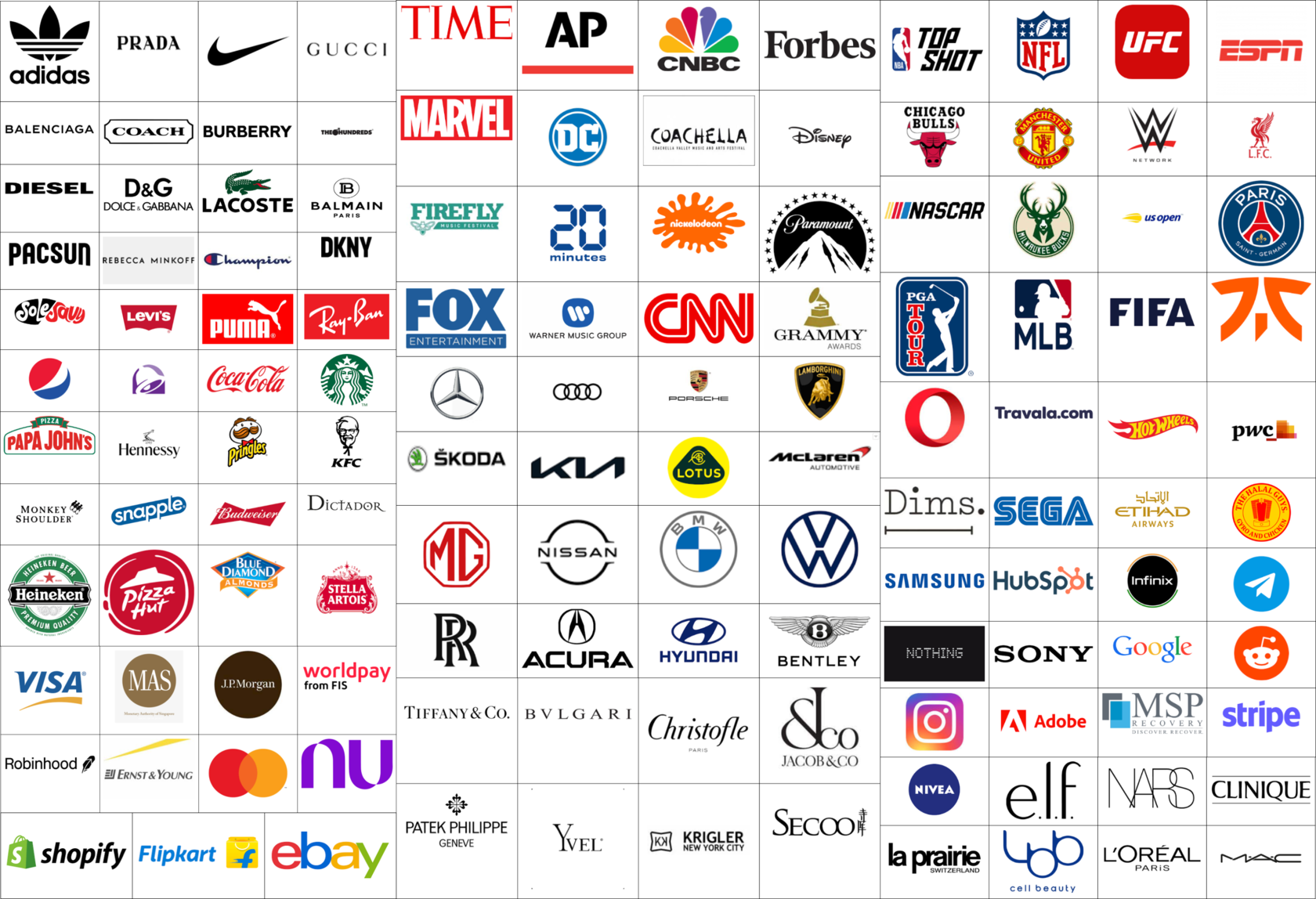
As Web3 continues to gain momentum, many Web2 brands are exploring ways to adapt to this new environment. By embracing decentralized technologies and building on blockchain-based platforms, these brands can tap into a whole new set of possibilities for customer engagement, community building, and revenue generation.
To successfully transition from Web2 to Web3, the best first step is to visit our DIGITAL SHIFT page, where you can learn more about our approach, submit an application, and schedule an introductory call with our methodologist to create an effective plan for your brand's transformation.
If you're looking to unleash the full potential of your business and take advantage of the latest web3 tool pack, we have something truly special for you!
To successfully transition from Web2 to Web3, the best first step is to visit our DIGITAL SHIFT page, where you can learn more about our approach, submit an application, and schedule an introductory call with our methodologist to create an effective plan for your brand's transformation.
If you're looking to unleash the full potential of your business and take advantage of the latest web3 tool pack, we have something truly special for you!
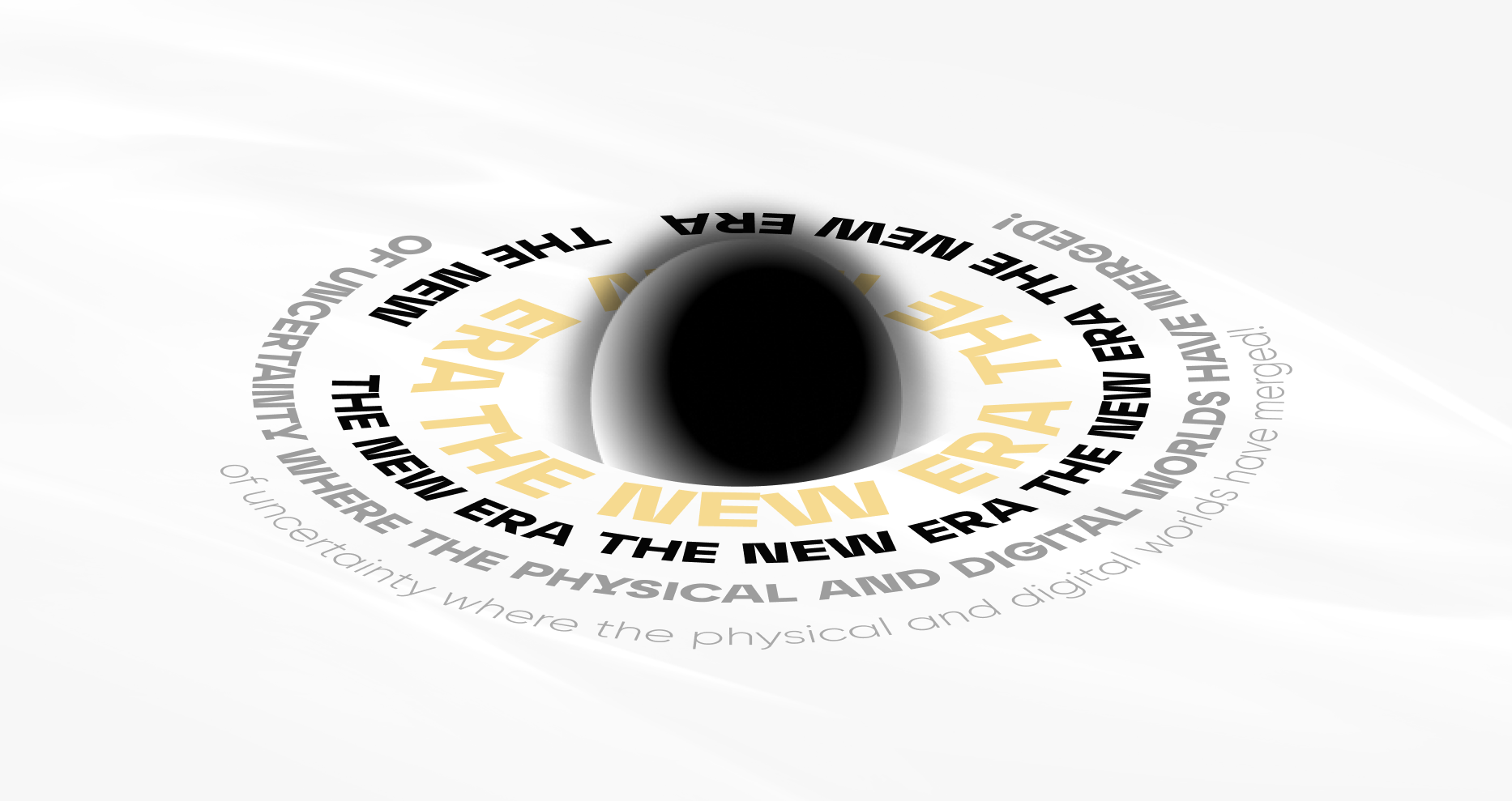
It's important to understand that web3 does not force you to completely change your business. Instead, it provides tools that can improve your current business model without getting rid of what already works well.
Moving to web3 technology is an gradual process that combines the tried-and-true basics of web2 with the promising possibilities of web3. Businesses can use a mixed web2.5 approach to ease the change for companies already using web2. This allows unlocking what web3 can do to streamline processes and solve complicated issues, while keeping what makes their current web2 business successful.
Moving to web3 technology is an gradual process that combines the tried-and-true basics of web2 with the promising possibilities of web3. Businesses can use a mixed web2.5 approach to ease the change for companies already using web2. This allows unlocking what web3 can do to streamline processes and solve complicated issues, while keeping what makes their current web2 business successful.
One big benefit of Web3 for existing web2 companies is that it allows them to build new business models that were not possible before. For example, web2 businesses like Uber and Airbnb that connect users and providers need to rely on a central group to make sure things are fair. With Web3, smart contracts can automatically handle these connections in a more efficient and clear way without needing a central authority. This gives web2 companies new opportunities to improve how they operate.
Another example of a web2 brand moving towards Web3 is Nike, the global sportswear giant. Nike has filed a patent for a blockchain-based system that enables users to verify the authenticity of their products. The system uses a digital ledger to record the entire lifecycle of a product, from manufacturing to distribution, and ensures that it is not tampered with. This system will enable Nike to combat counterfeiting, which is a significant problem in the fashion industry.
Another example is Unilever, a big company that makes consumer goods. Unilever has teamed up with a blockchain startup called Provenance. They created a system based on blockchain to follow Unilever's products from where they start to the customer. This allows Unilever to make sure items are gotten ethically and made sustainably. The system improves Unilever's reputation and gives customers more clarity about what they buy. Using blockchain helps Unilever track their supply chain in a transparent way.
Another example is Unilever, a big company that makes consumer goods. Unilever has teamed up with a blockchain startup called Provenance. They created a system based on blockchain to follow Unilever's products from where they start to the customer. This allows Unilever to make sure items are gotten ethically and made sustainably. The system improves Unilever's reputation and gives customers more clarity about what they buy. Using blockchain helps Unilever track their supply chain in a transparent way.

These examples show that existing web2 companies can switch to Web3 by using blockchain and creating new ways of doing business. They can also improve current operations.
To make the change, brands need to follow clear steps:
To make the change, brands need to follow clear steps:
is the perfect solution to seamlessly transition to a web2.5 approach.
Head on over and schedule a free call with our expert to learn about the best next tiny steps to take advantage of the new digital landscape.
With Digital Shift, you can start seeing results today, not tomorrow!
With Digital Shift, you can start seeing results today, not tomorrow!
DIGITAL SHIFT
How much does it cost to cooperate with a crypto marketing agency?
The cost of using a crypto digital marketing company will vary depending on the size and scope of your campaign. However, we believe that our prices are very competitive and offer excellent value for money. If you would like a more accurate quote, please contact us and we will be happy to provide you with a customized proposal to fit your budget.
What are the best marketing channels for my crypto offering?
The best advertising and marketing channels are the ones that will allow you to reach your target audience most effectively within your budget. This will vary depending on your type of cryptocurrency project - whether it’s an ICO or a more well-established offering. However, some of the most popular marketing channels for crypto projects include the following:
- SEO & Content Marketing
- PPC Ads
- Social Ads
- PR & Outreach
- Influencer Marketing
- Online Communities
- Press releases
From what and how exactly we can start a collaboration?
Sure thing, we start with a briefing and underlining your goals, to make it our main focus in the work progress, then we’ll give you a couple of gifts (secret), connect your personal marketing manager to your project and launch campaigns. Just beep us on telegram @cryptorsy_io_bot , email us at hello@cryptorsy.io, leave your request here or book a call on our website. We have a principal position: what starts perfectly, will go on perfectly. So be sure, the process of work will be perfect in detail.
How I can be sure that you’ll deliver results?
As a team of data-driven crypto digital marketers, we place a strong emphasis on ROI. We believe that transparency is key — that's the reason we’ll always keep you up to date with our progress, so you can check out the results at any time.
Our combination of experience, expertise, and flexibility makes us some of the best crypto marketing experts in the industry. Here are some of the ways we ensure our clients get the best results:
Our combination of experience, expertise, and flexibility makes us some of the best crypto marketing experts in the industry. Here are some of the ways we ensure our clients get the best results:
- We have a team of experts who are solely focused on marketing cryptocurrency.
- We stay up to date with the latest industry news and trends.
- We develop creative solutions that are designed to help our clients overcome the unique challenges present in the world of cryptocurrency.
- We are always monitoring our campaigns to ensure they are delivering the desired results.
- We always remain agile and adapt our cryptocurrency strategies as needed.
- We offer competitive pricing to fit your budget without sacrificing quality.
What makes Cryptorsy unique and super valuable to me?
All our benefits: gifts, personal marketing manager, free audit, all services on a high-quality level, super easy-to-take prices, perfect scenario and funnels for result getting, and our powerful web3 network, that we can connect to you (all our relations and guys, that can strengthen your performance).
What do I get if I accept your offer, and what do I lose if I refuse?
Shortly, you’ll lose your dedicated crypto marketing partners that could bring you the highest results in the space because they’ve done this a million times, and why don't we do that with you?
What do you get? You get a successful marketing launch and sustainability in your future because 21+ TOP-level experts will manage your marketing activities!
What do you get? You get a successful marketing launch and sustainability in your future because 21+ TOP-level experts will manage your marketing activities!
Want to hack the stunning growth formula for your project? Our team has prepared something extremely special for you, just leave your application to get yours!
SCHEDULE YOR FREE CONSULTATION NOW






